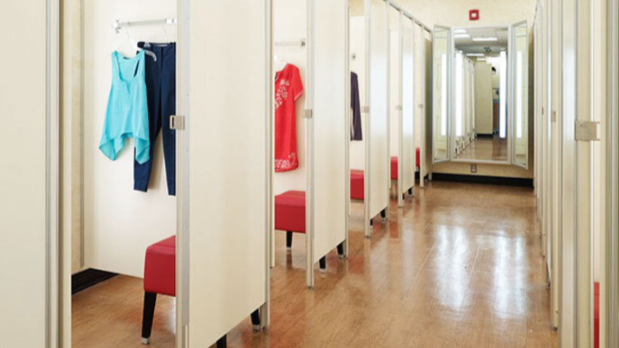The dressing room: often overlooked, yet a pivotal space in the customer journey. It’s where the moment of truth happens, where a shopper decides if that garment is truly “the one.” A well-designed dressing room isn’t just a space to try on clothes; it’s an environment that can significantly influence purchase decisions. So, how do you create a dressing room that not only fits but also converts? Let’s dive in.
Comfort is Key
First and foremost, comfort is paramount. A cramped, stuffy space will immediately put shoppers on edge. Ensure your dressing rooms are spacious enough for customers to move around freely and comfortably try on clothing. Provide adequate seating – a small bench or stool can make a huge difference. And don’t forget about temperature control; a room that’s too hot or too cold can quickly deter customers.
Lighting That Flatters
Lighting plays a crucial role in how customers perceive themselves and the clothing they’re trying on. Harsh, unflattering lights can make even the most confident shopper feel self-conscious. Opt for soft, warm lighting that mimics natural daylight. Consider installing adjustable lighting so customers can customize the ambiance to their preference. Strategically placed lights can also highlight the garment’s details and colors, making it more appealing.
Mirrors That Reflect the Best
Mirrors are more than just reflective surfaces; they’re tools for self-affirmation. Full-length mirrors are a must, and consider adding multiple angles to give customers a comprehensive view. Ensure the mirrors are clean and free of any distortions. Some retailers even use slightly tinted mirrors that subtly enhance the customer’s appearance, boosting their confidence and increasing the likelihood of a purchase.
Ambiance Matters
The overall ambiance of the dressing room can significantly impact the customer’s experience. Pay attention to the details:
- Décor: Choose a décor that aligns with your brand’s aesthetic. A few tasteful decorations, such as artwork or plants, can make the space feel more inviting.
- Music: Soft, unobtrusive music can create a relaxing atmosphere.
- Cleanliness: Keep the dressing rooms spotless. A dirty or cluttered space can instantly turn off customers.
- Hooks and Shelves: Provide plenty of hooks for hanging clothes and a small shelf for personal belongings.
Functionality and Convenience
Make sure the dressing rooms are functional and convenient. Offer a variety of hanger sizes and types. Provide a call button or intercom system for customers who need assistance. And consider adding a small feedback card or tablet for customers to share their thoughts.
The Conversion Factor
Ultimately, the goal of a well-designed dressing room is to encourage purchases. By creating a comfortable, flattering, and convenient environment, you can significantly improve the customer’s experience and increase the likelihood of a sale. When customers feel good about how they look and feel in your dressing rooms, they’re more likely to feel good about your products and your brand.
In conclusion, designing retail dressing rooms that convert is about more than just providing a space to try on clothes. It’s about creating an experience that makes customers feel confident, comfortable, and valued. By focusing on comfort, lighting, mirrors, ambiance, and functionality, you can transform your dressing rooms into powerful tools for driving sales.


